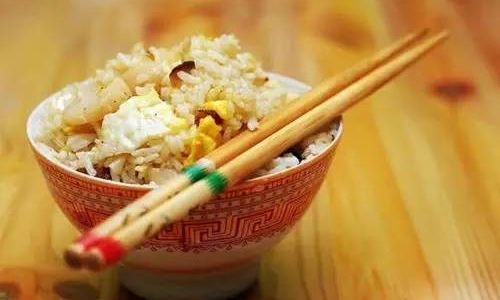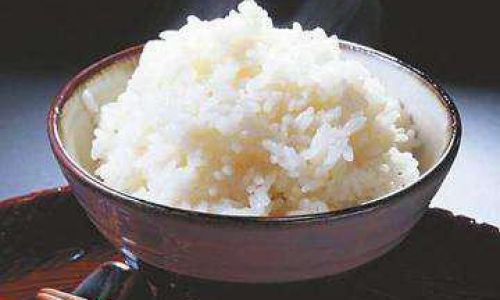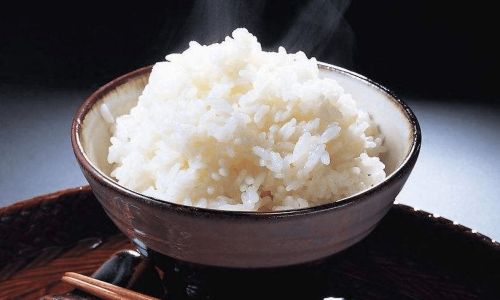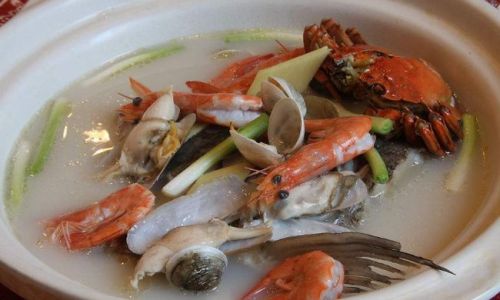Table of content
Introduction
Rice, a staple in countless cuisines worldwide, is beloved for its versatility and ability to complement dishes from stir-fries to curries. However, even seasoned cooks occasionally face the frustration of undercooked rice—a problem that leaves grains hard, crunchy, and inedible. Whether you’re rushing to prepare a meal or experimenting with a new recipe, discovering undercooked rice can derail your plans. Fortunately, there are science-backed methods to transform undercooked rice into a fluffy, tender side dish without starting from scratch. This article explores actionable techniques, kitchen hacks, and preventive measures to ensure your rice is always cooked to perfection.
Why Does Rice Become Undercooked?
Before diving into solutions, it’s essential to understand why rice sometimes resists cooking. Common culprits include:

- Insufficient Water: Rice absorbs water during cooking; too little leaves grains hard.
- High Heat: Boiling rice at rolling temperatures can evaporate water before grains soften.
- Premature Stirring: Frequent lid-lifting releases steam, disrupting the cooking process.
- Rice Age: Older rice grains are drier and may require longer cooking or more water.
- Altitude: At high elevations, water boils at lower temperatures, slowing cooking.
Quick Fixes for Undercooked Rice
The Steaming Method
If your rice is slightly undercooked but still retains moisture, steaming is the most effective fix.
- Step 1: Drain excess water (if any) from the pot.
- Step 2: Add 2–3 tablespoons of water per cup of undercooked rice.
- Step 3: Cover the pot tightly with a lid to trap steam.
- Step 4: Cook over low heat for 5–7 minutes, then remove from the stove.
- Step 5: Let the rice rest, covered, for 10 minutes to allow residual heat to finish cooking.
Why It Works: Low heat and steam create a gentle, even cooking environment, softening grains without making them mushy.
The Microwave Hack
For a speedy rescue, the microwave can revive undercooked rice in minutes.
- Step 1: Transfer the rice to a microwave-safe dish.
- Step 2: Sprinkle 1–2 tablespoons of water over the rice and cover with a damp paper towel.
- Step 3: Microwave on high for 1 minute. Fluff the rice with a fork.
- Step 4: Repeat in 30-second intervals until the rice reaches your desired texture.
Pro Tip: Avoid overcrowding the dish to ensure even heating.
The Oven Technique
Ovens provide consistent heat, making them ideal for rescuing large batches of rice.
- Step 1: Preheat your oven to 350°F (175°C).
- Step 2: Place the rice in an oven-safe dish and add ¼ cup of water or broth.
- Step 3: Cover the dish tightly with foil or a lid.
- Step 4: Bake for 15–20 minutes, then fluff and serve.
Why It Works: The oven’s dry heat evenly distributes moisture, preventing sogginess.
The Saucepan Simmer
If your rice is severely undercooked, a controlled simmer can salvage it.

- Step 1: Return the rice to the saucepan and add ½ cup of water per cup of rice.
- Step 2: Bring to a gentle simmer over medium-low heat.
- Step 3: Cover and cook for 5 minutes, then remove from heat.
- Step 4: Let the rice steam, covered, for 10–15 minutes.
Key Insight: This method works best for rice that’s only slightly underdone. Overcooking at this stage may result in mushiness.
Repurposing Undercooked Rice: Creative Solutions
If your rice is beyond rescue, transform it into a new dish:
Fried Rice
Undercooked rice is ideal for fried rice, as it retains firmness during stir-frying.
- Step 1: Spread the rice on a baking sheet and refrigerate overnight to dry.
- Step 2: Heat oil in a wok, add vegetables and protein, then toss in the rice.
- Step 3: Season with soy sauce, sesame oil, and aromatics like garlic and ginger.
Risotto-Style Rice
Mimic the creamy texture of risotto by gradually adding liquid.
- Step 1: Sauté the rice in butter, then ladle in warm broth, stirring constantly.
- Step 2: Continue adding broth until the rice achieves a velvety consistency.
Rice Pudding
Turn stubborn grains into a comforting dessert.
- Step 1: Simmer the rice in milk with sugar, cinnamon, and vanilla.
- Step 2: Cook until thickened, then serve warm or chilled.
Preventing Undercooked Rice: Best Practices
Master the Water Ratio
- Short-grain rice (e.g., sushi rice): Use a 1:1.1 ratio (1 cup rice to 1.1 cups water).
- Long-grain rice (e.g., basmati): Opt for 1:1.5 to 1:1.75.
- Brown rice: Increase to 1:2.25 to account for its fibrous bran layer.
Use the Right Pot
A heavy-bottomed pot with a tight-fitting lid ensures even heat distribution and minimizes steam loss.
Avoid the Lid-Lifting Temptation
Resist peeking during cooking! Each time you lift the lid, you release steam, which can extend cooking time by 3–5 minutes.

The 10-Minute Rest
After cooking, let the rice rest for 10 minutes with the lid on. This allows moisture to redistribute evenly, yielding fluffier grains.
Rinse Rice Before Cooking
Rinsing removes excess starch, preventing clumping and ensuring even cooking.
Troubleshooting Guide
| Issue | Solution |
|---|---|
| Rice is crunchy | Add 2–3 tbsp water, steam on low heat. |
| Rice is burnt | Scrape off the burnt layer gently; reheat gently. |
| Rice is too sticky | Rinse thoroughly; reduce cooking time. |
The Science Behind Perfect Rice
Rice cooks through a process called gelatinization, where starch granules absorb water and swell. For optimal results:
- Temperature Control: Maintain a gentle simmer to avoid uneven cooking.
- Moisture Management: Too little water = undercooked; too much = mushy.
- Resting Period: Allows starch molecules to set, improving texture.
Conclusion
Undercooked rice is a common kitchen mishap, but it doesn’t have to spell disaster. By understanding the science of rice cooking and employing quick fixes like steaming, microwaving, or repurposing, you can transform hard grains into a delicious meal. Remember to measure water precisely, resist the urge to peek, and always let your rice rest. With these tips, you’ll never waste a batch of undercooked rice again—and may even discover new favorite dishes along the way. Happy cooking!





0 comments